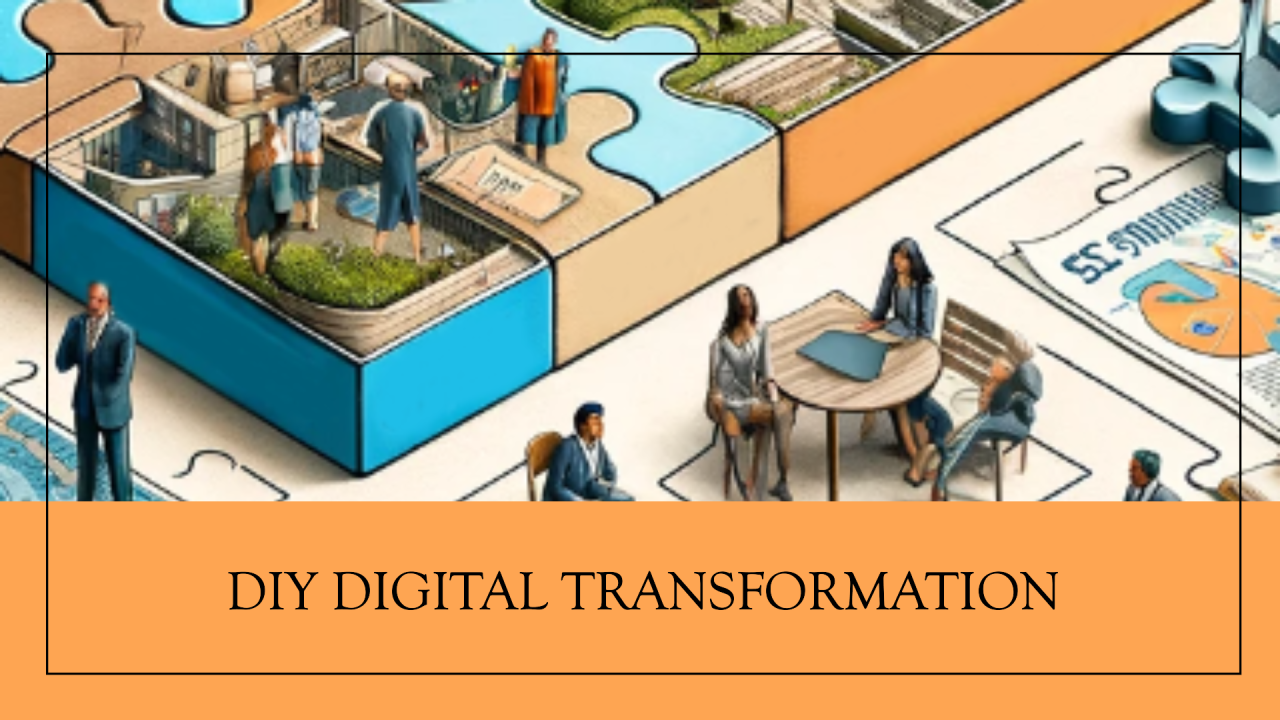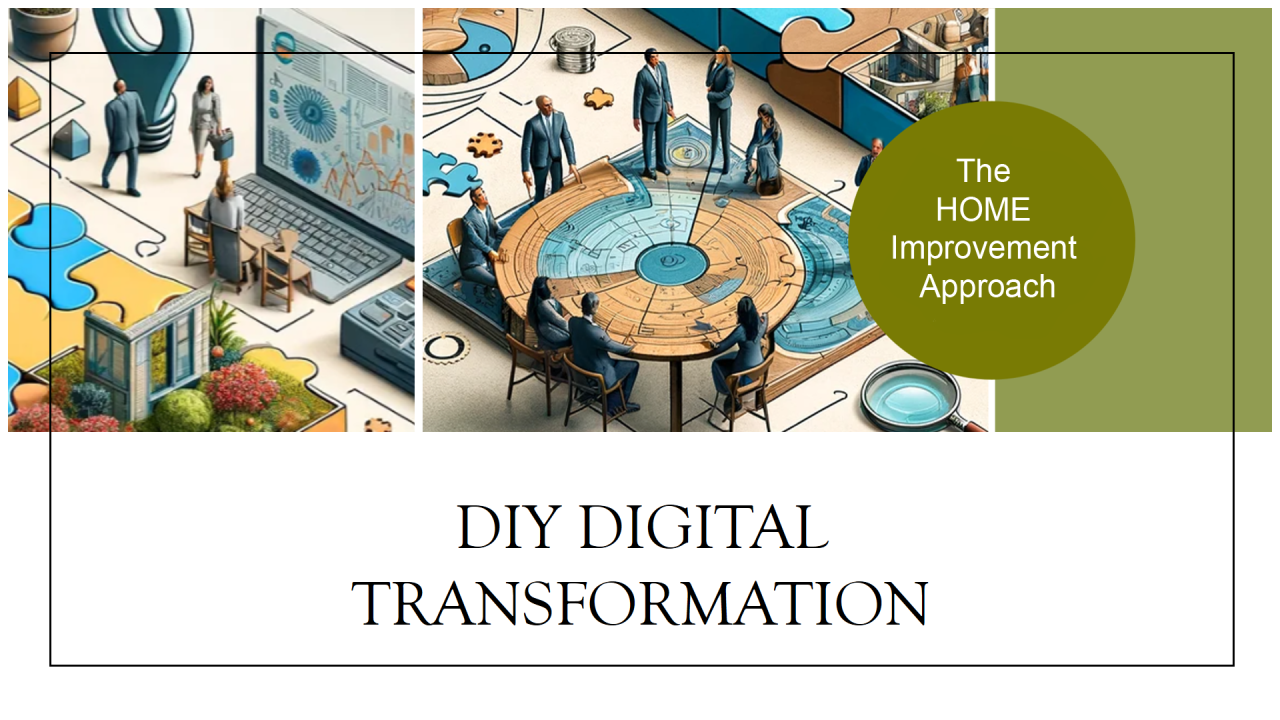The Biggest Failure in Digital Transformation Is Human. Here Are Four Ways To Get It Right

We’ll start with the truth: successful digital transformations are not about technology. You can have the fanciest gizmos and smartest AI, but your digital transformation will fail if you aren’t empowering the right people at the right time. Don’t get me wrong; I’m not a Luddite or a technophobe – on the contrary, I’ve spent most of my career introducing people to digital solutions and new ways of working, and change management with a tech filter is an integral part of my skill set. I’ve also been a proud small business owner in cloud software implementation. The one key lesson I’ve learnt within digital transformations; success relies totally on human engagement and creating the right culture.
Ninety percent of us now spend more time online[1] and this rise in our digital habits has accelerated digital transformation worldwide. Some companies digitised their activities 20 to 25 times faster during the pandemic, and others moved 43 times more quickly to integrate remote working than their leaders thought possible.[2]
However, research shows that only 30% of companies achieve the right outcomes in digital transformation projects.[3] The biggest failures happen when companies try to layer shiny, new tech tools onto broken processes and teams resistant to change.[4] That resistance is partly based on fear; up to 65% believe robots and AI will take over their jobs in the near future.[5]
Employee engagement is the key. If you focus on improving it, you’ll earn all kinds of business benefits – not just success in a digital transformation process. Research shows highly engaged employees are up to 57% more effective and 87% less likely to leave their organisations, which is crucial as we face record turnover rates.[6] Companies with these highly engaged employees also have three-year revenues rates 2.3 times higher than average. Gallup research reveals even more: an 81% reduction in absenteeism, an 18% increase in productivity, and a 64% reduction in safety incidents, to name a few.[7]
So, how can you ensure your company gets on to the right side of all these statistics? Here are four people-based strategies you can use to drive employee engagement for a successful digital transformation:
1. It starts with leadership and culture.
This may sound obvious, but to truly get your employees on board, your leadership needs to create a clear strategy and vision that everyone buys into – it needs to explain who, what, when and most importantly, why.[8] Everyone in the company needs to understand exactly what digital transformation means in your company’s context and, even more important, their role in achieving it. This will mean that every single person’s roles and responsibilities at the business must align with the transformation goals. Studies show that a successful digital transformation is 1.5 times more likely when this is done.[9]
If your company lacks the leadership to do the C-level tasks above, it makes sense to bring in or hire a senior digital-led leader, such as a Chief Digital Officer, to help manage the whole digital transformation. Research shows that companies that do this are 1.6 times more likely to report a successful change.[10]
2. Open new interactive communication pathways and channels.
Driving engagement relies on transparent, open communication to drive company-wide education and understanding. It requires using faster, more interactive platforms and channels where colleagues can share feedback, ideas, and challenges they’re facing on this digital transformation journey. Ideally, this should all be shared in real-time for discussion. This includes moving away from channels that only support one-way communication (like, for example, company emails) and using ones that are interactive and open to input from anyone and everyone. That helps to drive true cross-silo collaboration and shared learning.
Leaders also need to ensure they make all employees feel safe to ask questions at every level and encourage them to challenge the old ways of working. One of the strongest elements of this is giving employees the transparent, judgement-free space to say where digitisation and digital innovation could and should be adopted. When employees generate and submit their own ideas, a successful transformation is 1.4 times more likely.[11] The opportunity to drive their own ideas means employees take ownership of them and are much more involved in the company-wide transformation.
3. Discover and equip transformers and integrators.
Digital champions, transformers or integrators – it doesn’t matter what you call them, but these in-house talents have an aptitude for digital technologies and are keen to help others learn. They are the primary change agents within the organisation. They will lead by example, inspire others, and drive the adoption and integration of digital tools and processes into the existing ways of working. They bridge gaps between the traditional and digital parts of the business, and they train colleagues to have better internal capabilities.[12]
Digital champions can also discard any parts that aren’t adding value, isolate legacy systems that don’t work, and rebuild or replace the rest to match the new needs of the business. Case in point: this strategy helped a large telecoms company cut the time to market for their products by 75% and cut costs by 80%.[13]
4. Recognise and reward efforts to collaborate.
This is over and above the digital champions and integrators mentioned earlier – this is for all employees who show some progress and innovation in the digital transformation journey. Celebrating their efforts motivates the rest of the staff to be more engaged, embrace the digital initiatives, and help foster that culture of continuous learning.
The final thoughts
Change is often uncomfortable. Digital transformations will always earn some pushback as it’s asking people to do something new and unfamiliar in a fast-changing world. No technology can help overcome that – it’s about human intervention.
The secret to success here is engagement; it requires creating a human-centric approach that provides the right tools and skills, motivates and empowers employees, and, crucially, listens to them. This is not just up to HR departments; driving employee engagement is the number one responsibility of all leaders and managers.[14]
Are you facing a digital transformation in your current company? If you need help driving employee engagement, drop me a message.




